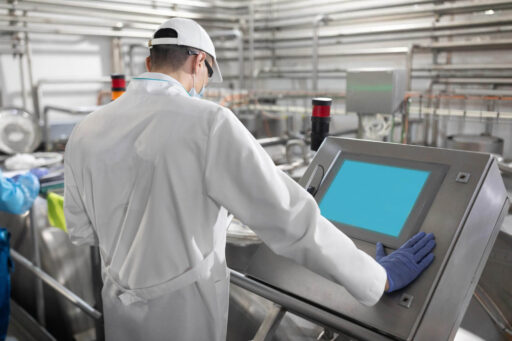Integrated solutions are systems or approaches that enable companies to optimise different areas of work by interconnecting and collaborating processes, systems and equipment. Varpe quality control equipment can be integrated into a customer's existing line and through the installation of a good handover system can be made to work together.
These solutions are designed to ensure that all parts of an organisation work together efficiently, resulting in increased productivity and reduced errors and costs.
In the industrial context, an integrated solution includes process automation, digitisation, even the implementation of artificial intelligence (AI) technology, all connected to achieve production goals more effectively.
These solutions are designed to ensure that all parts of an organisation work together efficiently, resulting in increased productivity and reduced errors and costs.
In the industrial context, an integrated solution includes process automation, digitisation, even the implementation of artificial intelligence (AI) technology, all connected to achieve production goals more effectively.










